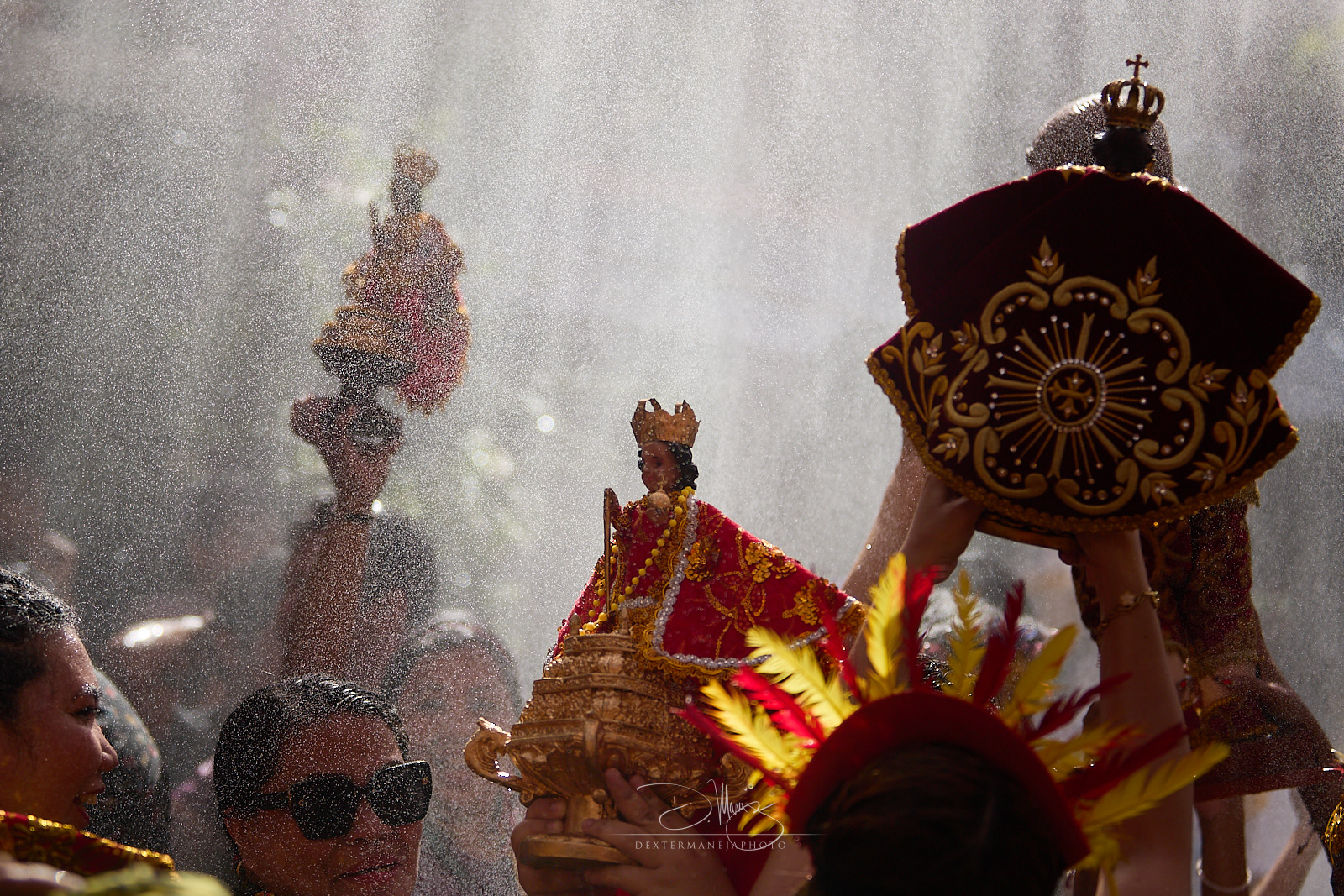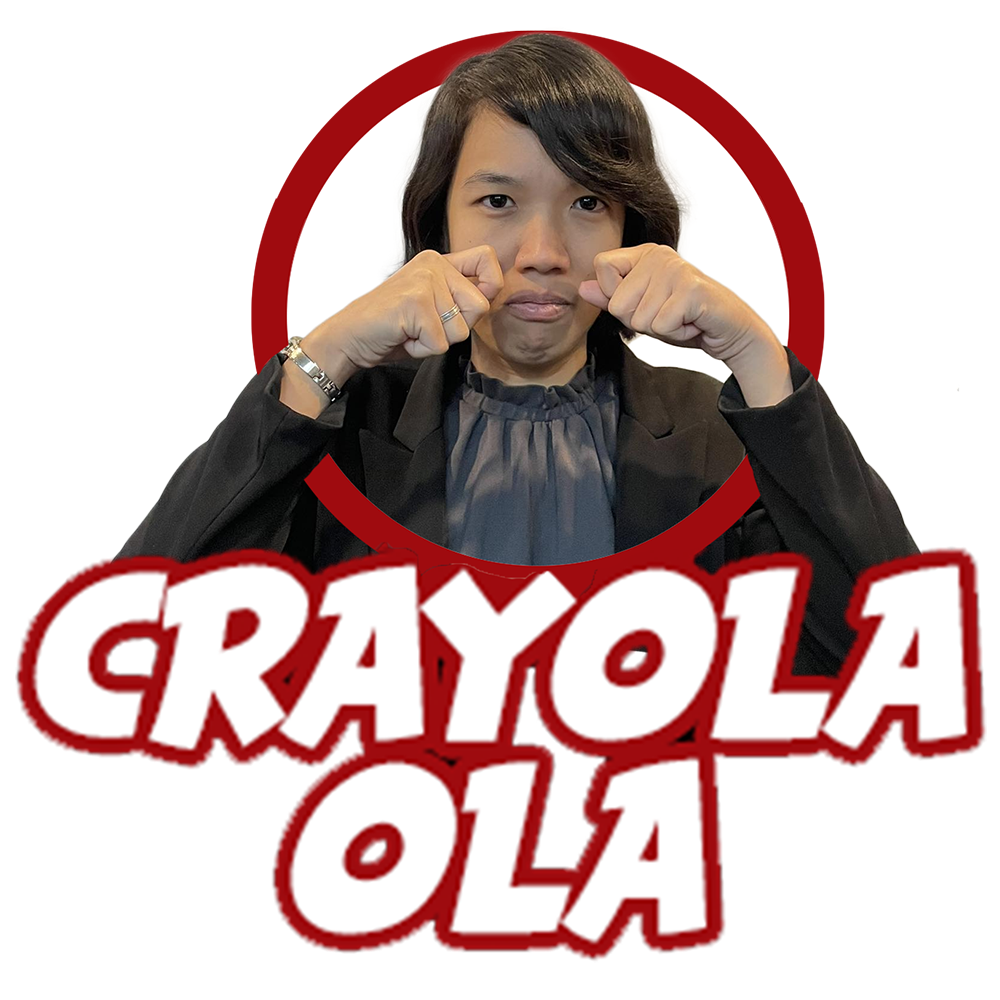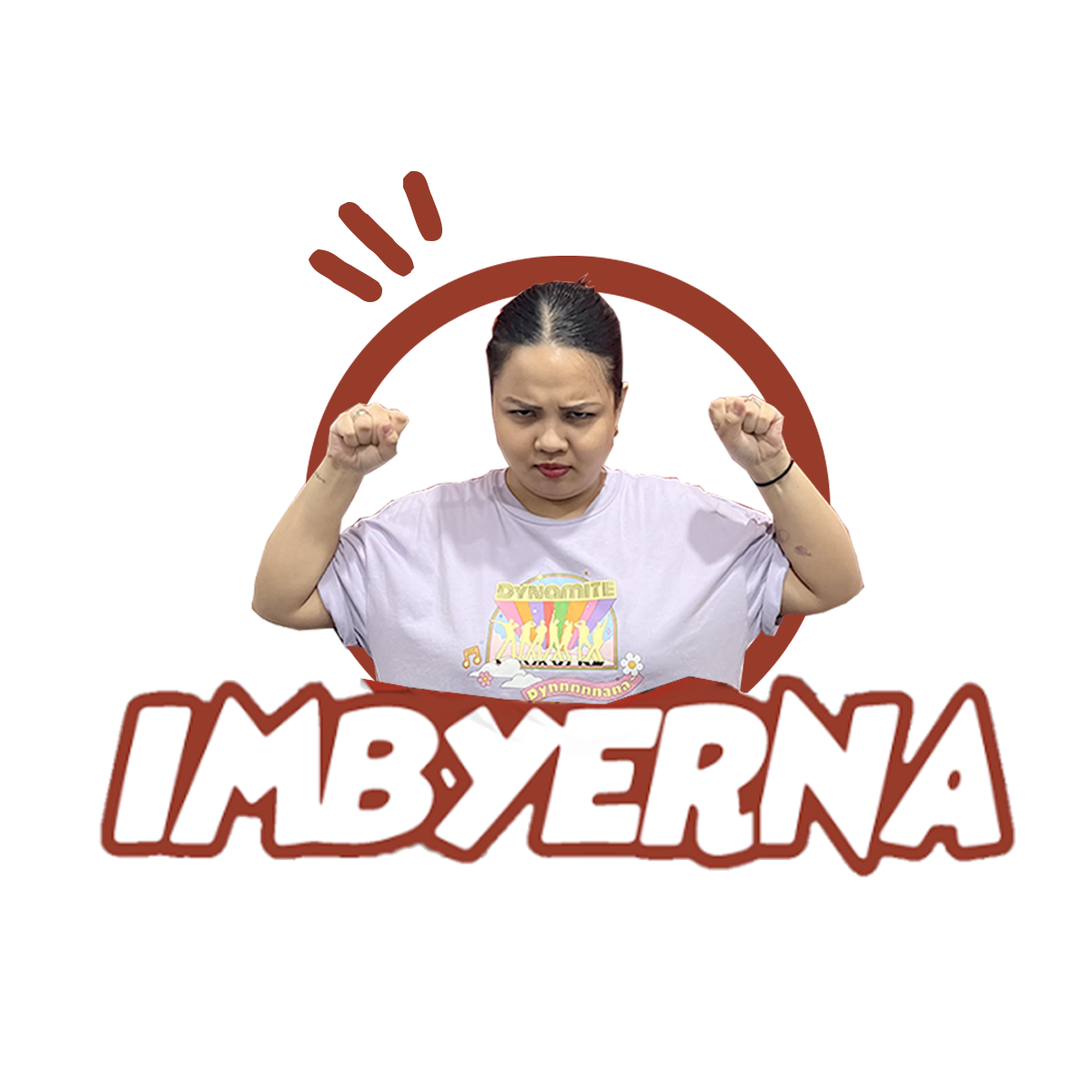Every January, the streets of Cebu City in the Philippines burst into a riot of colors, music, and dance as millions of people come together to celebrate the Sinulog Festival. This grand festivity, held in honor of the Santo Niño (the Child Jesus), is one of the most anticipated cultural and religious events in the country. With its deep historical roots, vibrant parades, and spiritual significance, the Sinulog Festival is a testament to the enduring faith and rich heritage of the Filipino people.
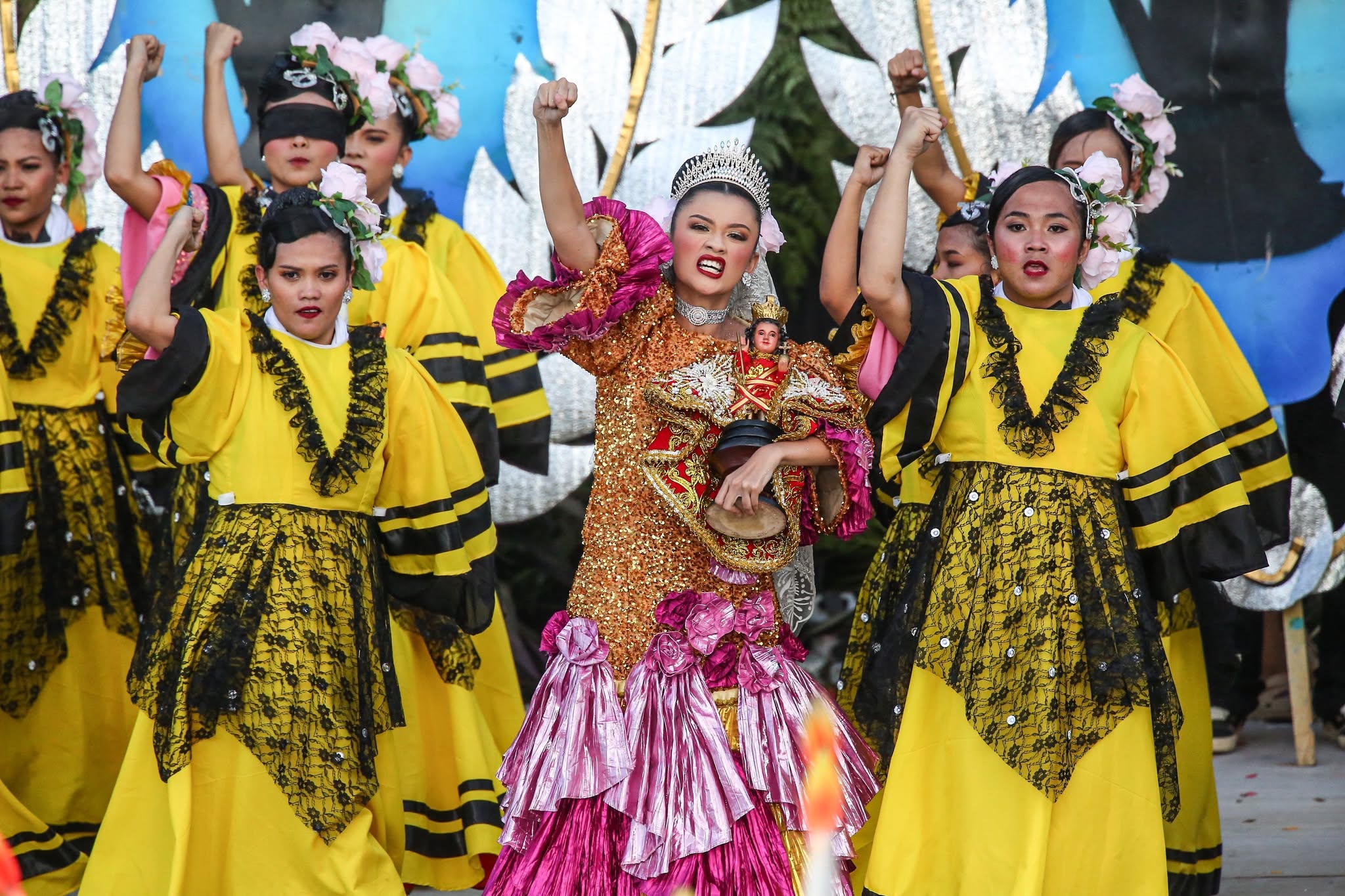
Historical Background
The Sinulog Festival traces its origins back to 1521 when Portuguese explorer Ferdinand Magellan arrived in Cebu. He gifted a statue of the Santo Niño to Queen Juana, the wife of Rajah Humabon, as a symbol of their conversion to Christianity. The queen is said to have danced with joy upon receiving the image, and her dance movements became the basis of the traditional Sinulog dance—a rhythmic two-step forward and one-step backward motion that mimics the flow of water.
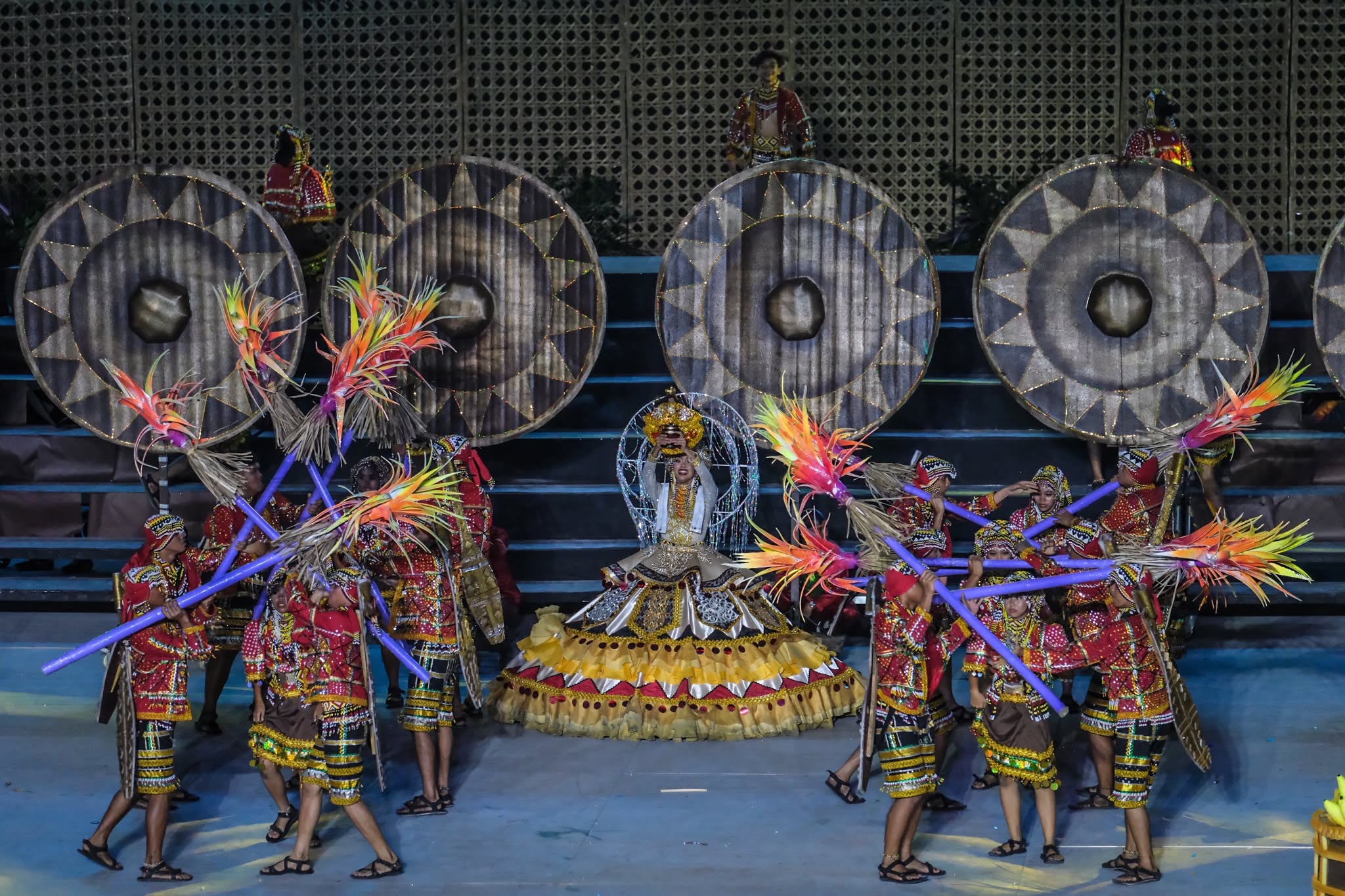
Over the centuries, this simple dance evolved into a grand celebration, blending indigenous traditions with Christian rituals. Today, the Sinulog Festival is a nine-day event culminating on the third Sunday of January with a grand street parade and a solemn religious procession.
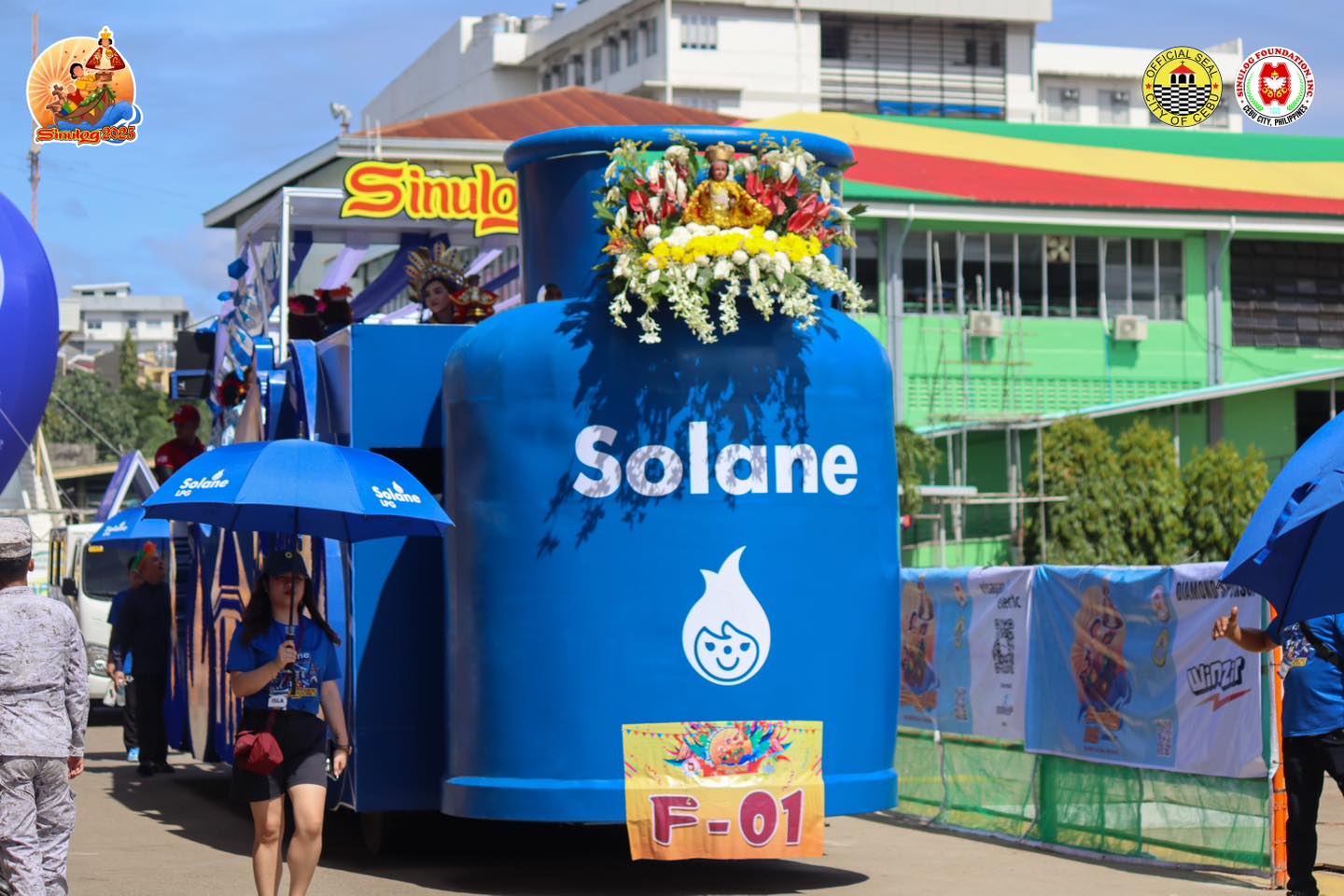
Highlights of the Festival
- Fluvial Procession The festival begins with a fluvial procession along the Mactan Channel, where a replica of the Santo Niño is carried on a decorated boat. Thousands of devotees line the shores, waving flags and reciting prayers as they honor the Child Jesus.
- Grand Parade The highlight of the Sinulog Festival is the Grand Parade, a spectacular showcase of dance, music, and artistry. Participants don intricate costumes adorned with vibrant hues and elaborate designs, performing choreographed routines to the beat of drums and traditional Sinulog music. The parade winds through the streets of Cebu City, drawing both local and international tourists eager to witness the grandeur.
- Religious Procession The solemn procession of the Santo Niño image takes place on the eve of the Grand Parade. Devotees from all walks of life join the procession, carrying candles and offering prayers as they walk through the city’s streets. This event underscores the deep spiritual significance of the festival.
- Street Parties and Cultural Shows Beyond the religious aspects, Sinulog is also a time for revelry. The streets of Cebu City transform into a massive party venue, with food stalls, live music, and cultural performances adding to the festive atmosphere.
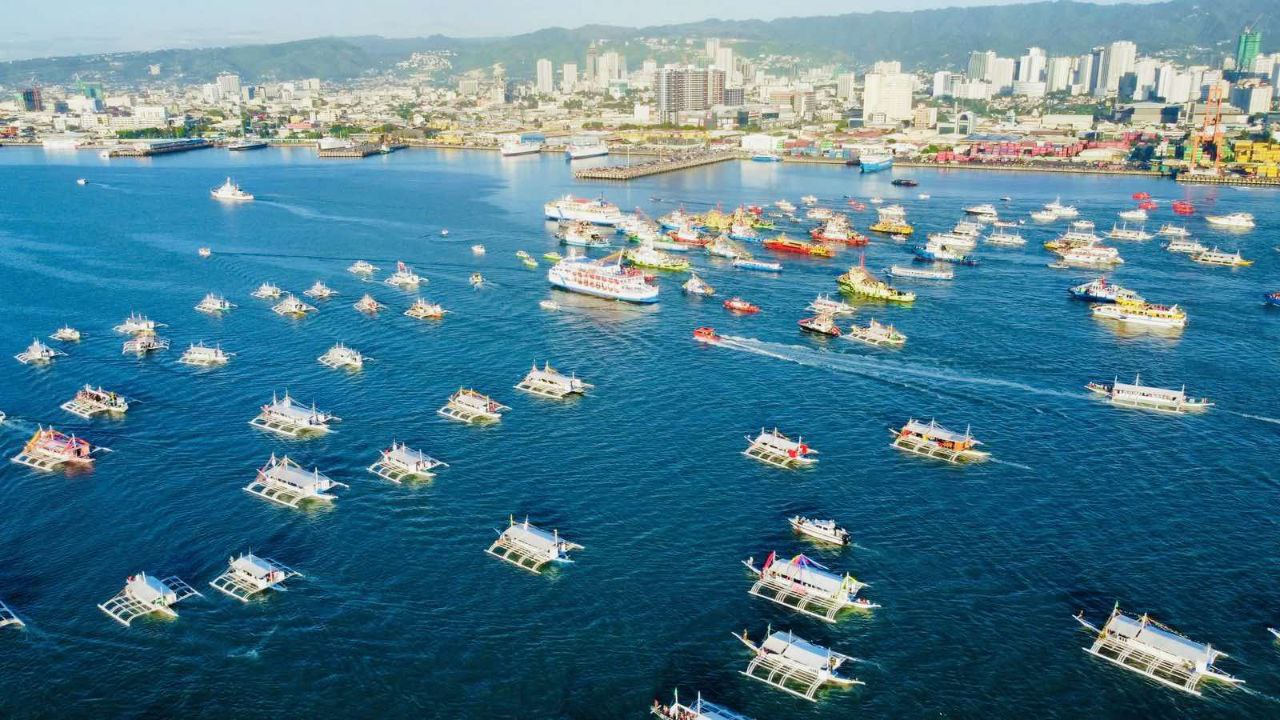
Spiritual Significance
At its core, the Sinulog Festival is a celebration of faith and devotion to the Santo Niño. For many devotees, it is an opportunity to express gratitude, seek blessings, and renew their spiritual commitments. The festival also serves as a unifying event, bringing together people from different regions and backgrounds to celebrate shared traditions and beliefs.
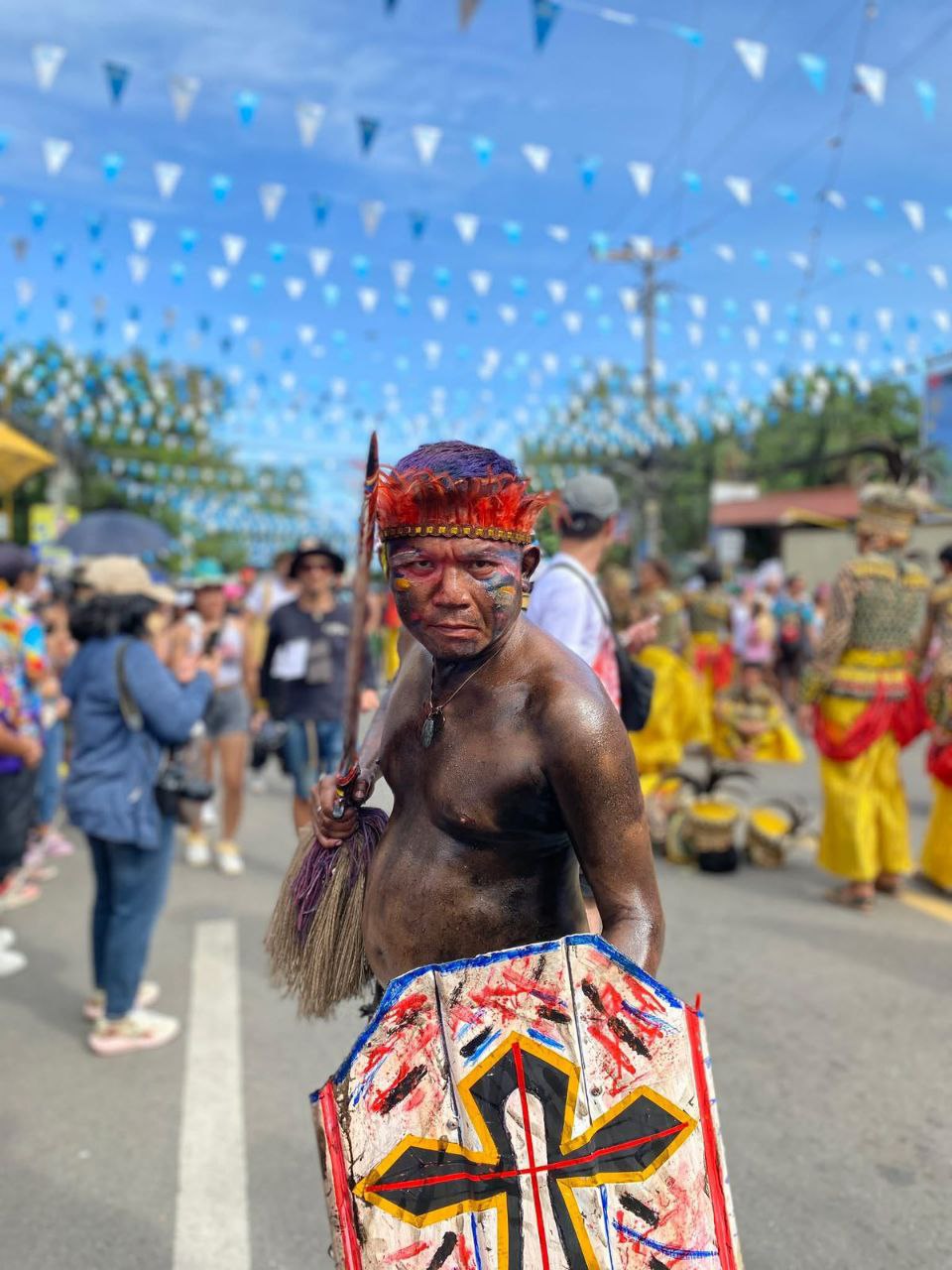
Tips for Attending the Sinulog Festival
If you’re planning to experience the Sinulog Festival, here are a few tips:
- Arrive Early: The streets get crowded, so arrive early to secure a good spot for the parade and other events.
- Wear Comfortable Clothing: Be prepared for long hours of standing and walking.
- Stay Hydrated: The January heat can be intense, so bring water to stay hydrated.
- Respect the Culture: While the festival is lively and fun, remember its religious roots and observe proper decorum during solemn events.
The Sinulog Festival is more than just a celebration; it is a profound expression of faith, culture, and community. Whether you’re a devotee or a tourist, participating in this vibrant festival offers a unique opportunity to witness the heart and soul of the Filipino people. So, mark your calendars and join the millions who flock to Cebu each year to dance, pray, and celebrate the enduring spirit of Sinulog.
